Table of Contents
Who Discovered Protein?
Proteins are natural molecules that are found in large numbers in all living things. They are needed for many biological processes and are very important for how cells and organs look, work, and are controlled. They have been known since people first learned about cells and the basic building blocks of life.
There isn’t a single person who can be credited with finding proteins and figuring out how they work. Over the course of the history of scientific study, many scientists have added to what we know about proteins. Some of the most important milestone in study are:
-Scientists like Antoine Fourcroy and Jons Jacob Berzelius made observations in the 18th century about the presence of proteinaceous materials in living things.
-Proteins were first put into groups by chemists and scientists like Gerardus Johannes Mulder at the beginning of the 19th century. They did this by looking at the amount of carbon, hydrogen, oxygen, and nitrogen in each protein.
-Amino Acids: Around the same time, scientists like Henri Braconnot and Emil Fischer found and figured out what amino acids were. Amino acids are the building blocks of proteins.
-Structure: Scientists like Linus Pauling and Robert Corey made important advances to understanding protein structure and how secondary and tertiary structures are made in the middle of the 20th century.
Even though they were found and understood thanks to the work of many scientists over time, it is important to remember that proteins are not something that scientists made up. Instead, they are essential parts of life. Scientists are always learning more about how they work, how they connect with each other, and how important they are in many different biological processes.
The Chemical Reaction of Proteins With Human Body
Proteins are vital to the human body because they take part in several chemical processes that are vital to our physiological processes. Although they do not engage in specific chemical processes within the body, they do function as transporters, regulators, structural elements, and catalysts for several biological processes. Here are some significant interactions between proteins and how they affect bodily chemical processes:
1. Enzymatic Reactions:
In the body, proteins known as enzymes catalyze chemical reactions. Enzymes make it easier to convert substrates into products by decreasing the reaction’s activation energy requirement. For instance, during the breakdown and absorption of nutrients, digestive enzymes break down complicated compounds into simpler components.
2. Transport and Binding:
Some proteins function as carriers or transporters, making it easier for substances to move between cell membranes or throughout the body. Red blood cells include a protein called hemoglobin, which binds to oxygen in the lungs and carries it to tissues where it is required.
3. Signal Transduction:
Proteins are able to take in signals from both internal and external inputs and convey them inside of cells, controlling a variety of processes. Cellular reactions are brought on by intracellular signaling cascades that are started when receptor proteins on cell membranes recognize particular chemicals.
4. Structural Support:
They give cells, tissues, and organs structural support. Collagen, for instance, is a fibrous protein that gives connective tissues like skin, tendons, and bones strength and flexibility.
5.Immune Responses:
Proteins called antibodies are able to identify and bind to particular foreign substances (also known as antigens) in the body, designating them for immune system eradication. This immune reaction serves as a defense against illnesses and infections.
6. Hormonal Regulation:
Certain proteins, including hormones, function as chemical messengers that control a number of physiological processes. For instance, the protein hormone insulin promotes the uptake and storage of glucose in cells, assisting in the control of blood sugar levels.
It’s essential to understand how intricately intertwined and complex proteins’ interactions and bodily processes are in the human body. They are made up of chains of amino acids that fold into distinctive three-dimensional structures so they can perform the specialized functions for which they were designed. Depending on the structure and function of each protein, different chemical reactions will occur.
Chemical Formulation of Protein
Proteins are intricate macromolecules made up of amino acids that are joined together chemically in a process called peptide bond formation. The following is a representation of how proteins are chemically constructed:
(protein) = amino acid 1 – peptide bond – amino acid 2 – peptide bond – amino acid 3 – … – amino acid n
Each amino acid in this structure is made up of a core carbon atom, an amino group (-NH2), a carboxyl group (-COOH), and a special side chain (R group). A peptide bond is created when the amino group of one amino acid combines with the carboxyl group of another amino acid. This procedure is repeated to produce a polypeptide chain, which is an ordered linear chain of amino acids.
The distinctive shape and function of a protein are determined by the particular amino acid sequence that makes up its chain. They can be tiny peptides with only a few amino acids or huge, intricate complexes with thousands of amino acids.
The complex arrangement of amino acids in proteins’ chemical make-up adds to the wide range of tasks that proteins carry out in the human body. These processes include hormone regulation, structural support, molecular transport, immunological response, and enzyme catalysis, among many other things.
It’s important to remember that proteins can also go through other chemical processes including folding, post-translational modifications, and interactions with other molecules, all of which increase the structural and functional variety of proteins.
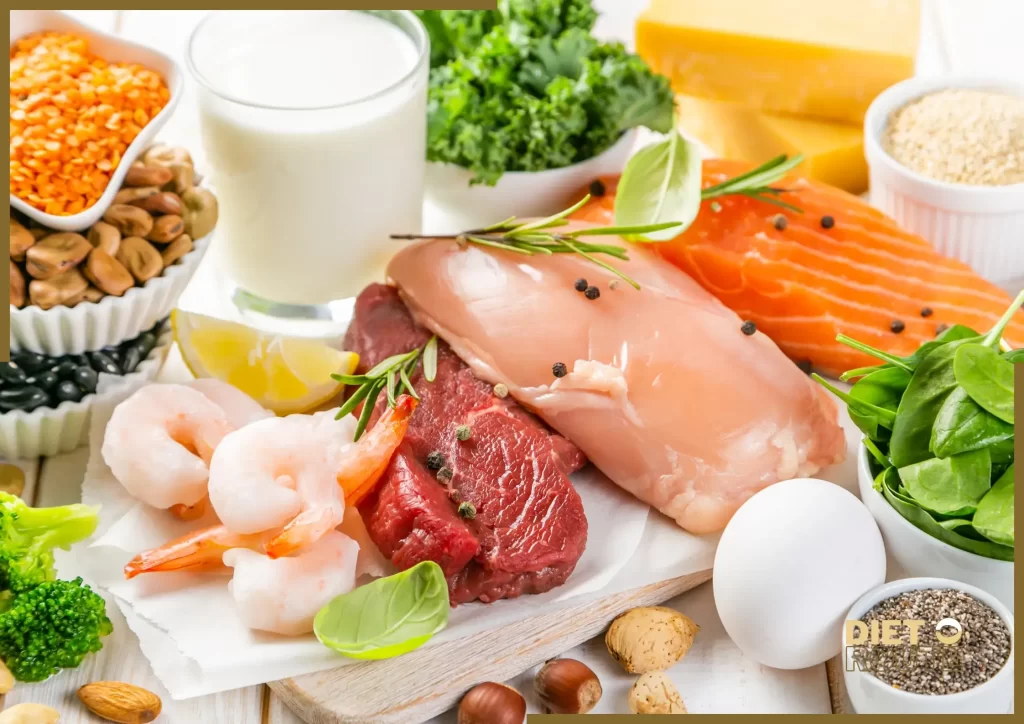
Suggested Daily Protein Consumption for Men and Women of Different Age Groups: Approx. Value
| Age Group | Male (grams of protein per day) | Female (grams of protein per day) |
| Infants (0-6 months) | 9.1 | 9.1 |
| Infants (7-12 months) | 11 | 11 |
| Children (1-3 years) | 13 | 13 |
| Children (4-8 years) | 19 | 19 |
| Children (9-13 years) | 34 | 34 |
| Adolescents (14-18 years) | 52 (ages 14-18) | 46 (ages 14-18) |
| Adults (19+ years) | 56 (ages 19-70+) | 46 (ages 19-70+) |
| Pregnant Women | N/A | 71 |
| Breastfeeding Women | N/A | 71 |
Please keep in mind that these values are only approximations and that they may change based on your level of activity, your health, and your dietary needs. Women who are pregnant or nursing need more protein, so it’s best for them to talk to their healthcare providers to get personalized advice.
For best health and well-being, it’s important to eat a balanced diet that includes a variety of protein sources, such as lean meats, poultry, fish, eggs, dairy products, legumes, nuts, and seeds.
Vegetarian and Non-Vegetarian Food Sources of Protein:
Vegetarian Sources:
| Food Item | Protein Content (per 100g) |
| Lentils | 9g |
| Chickpeas | 19g |
| Tofu | 8g |
| Quinoa | 4g |
| Almonds | 21g |
| Greek Yogurt | 10g |
| Chia Seeds | 17g |
| Black Beans | 8g |
| Peanut Butter | 25g |
| Edamame | 11g |
Non-Vegetarian Sources:
| Food Item | Protein Content (per 100g) |
| Chicken Breast | 31g |
| Salmon | 20g |
| Turkey | 29g |
| Beef | 26g |
| Shrimp | 24g |
| Eggs | 13g |
| Tuna | 30g |
| Pork Tenderloin | 22g |
| Lamb | 25g |
| Cottage Cheese | 11g |
Please keep in mind that these values are only approximations and can change based on things like how the food was cooked and what brand it was.
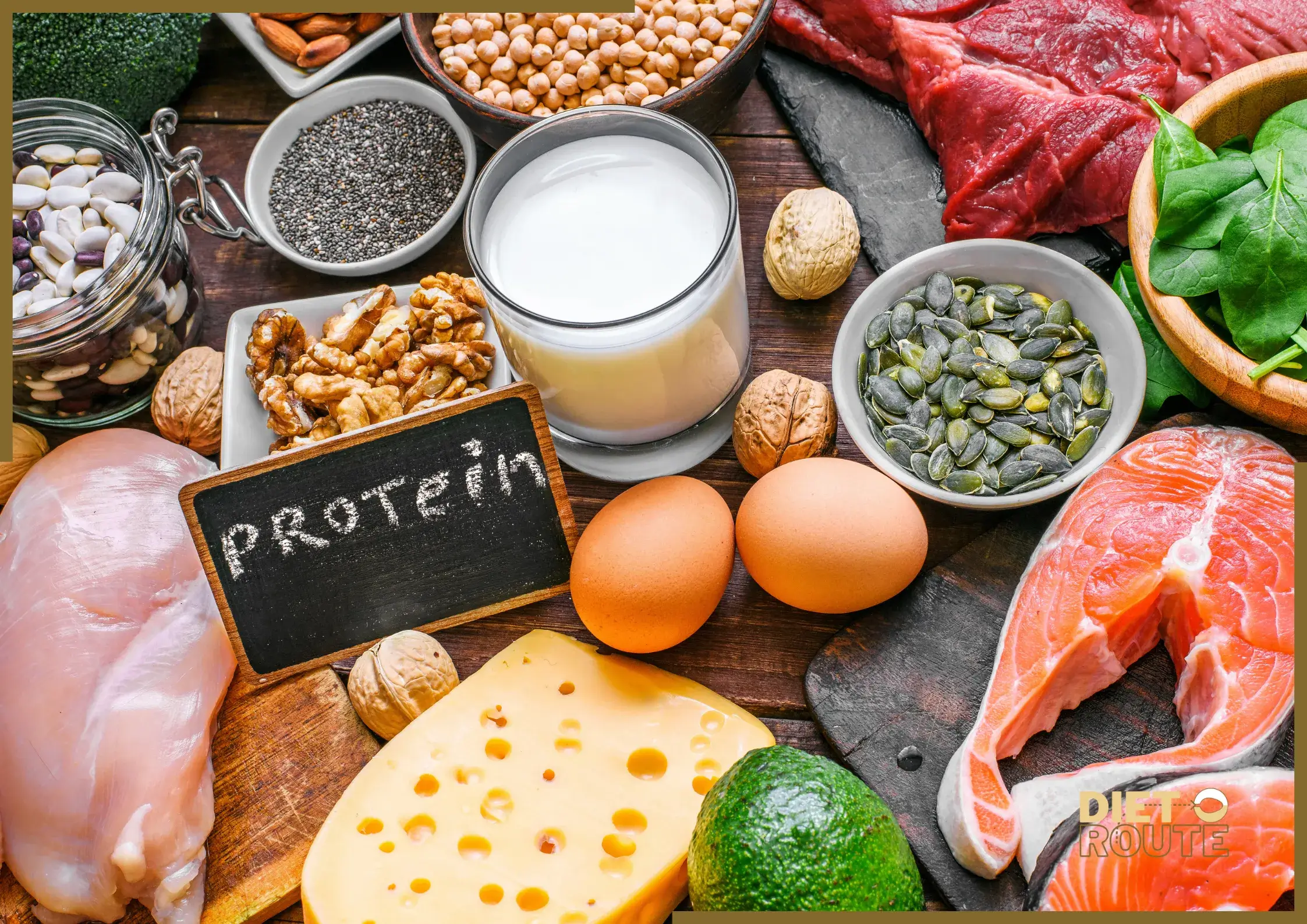
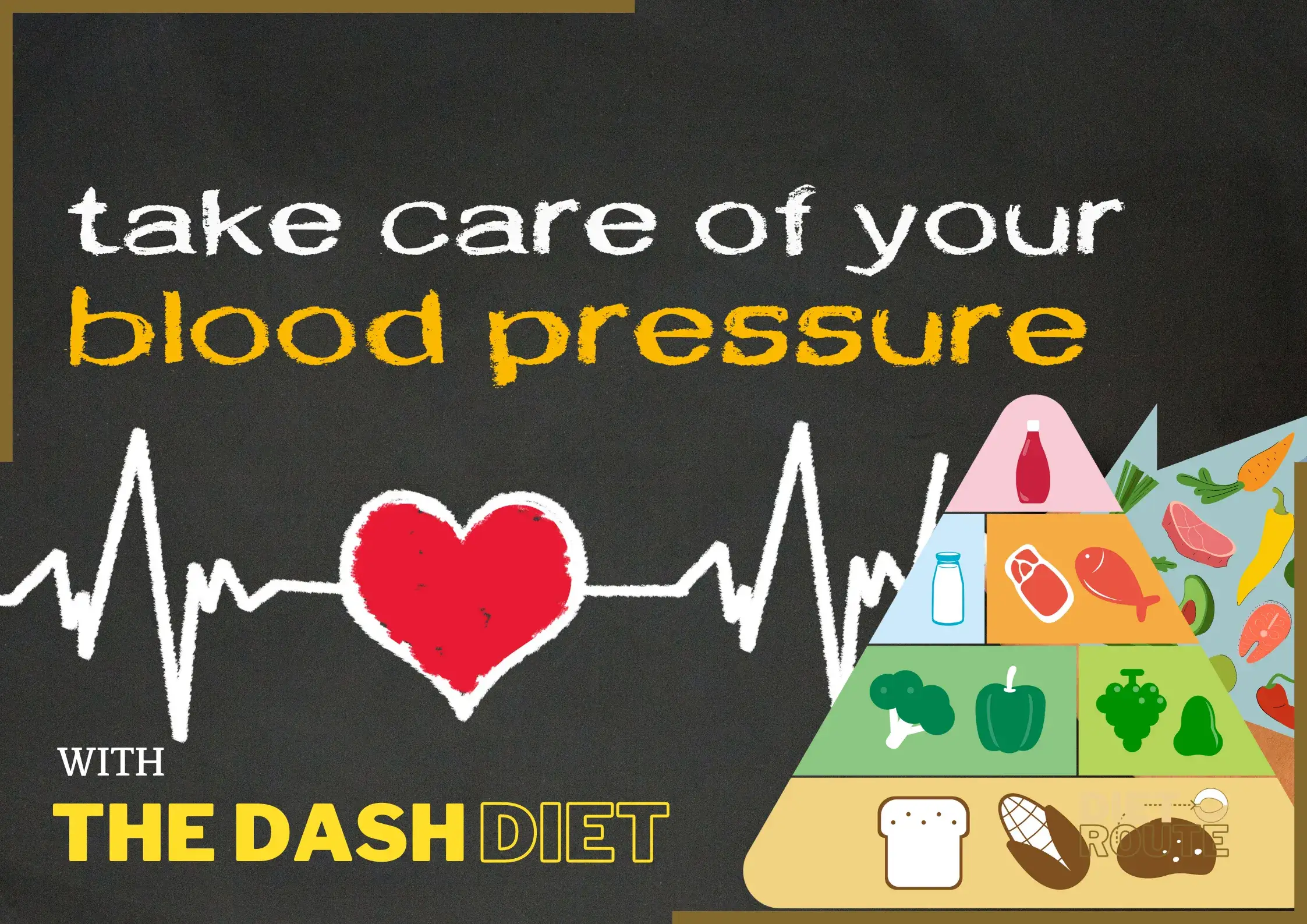
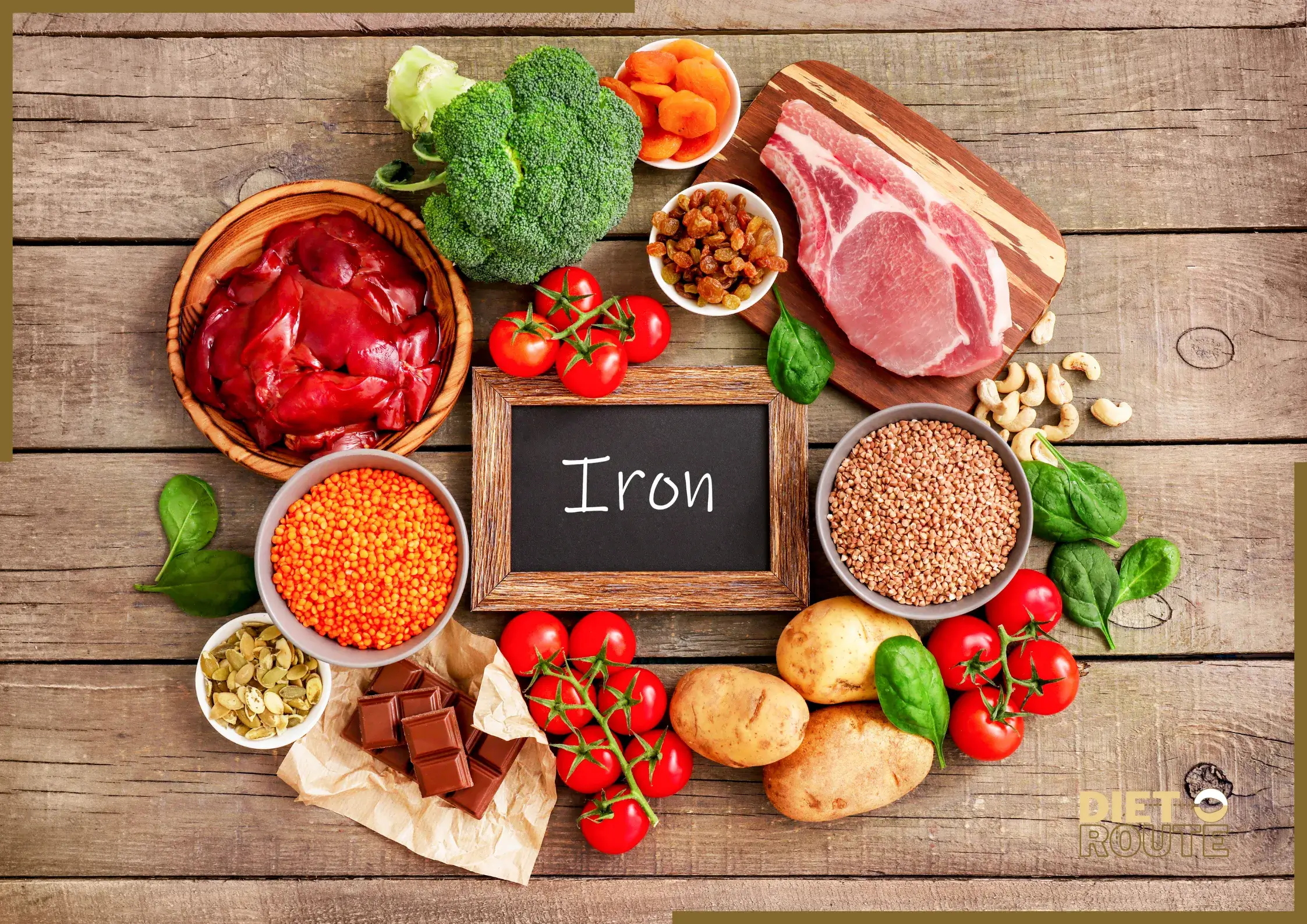
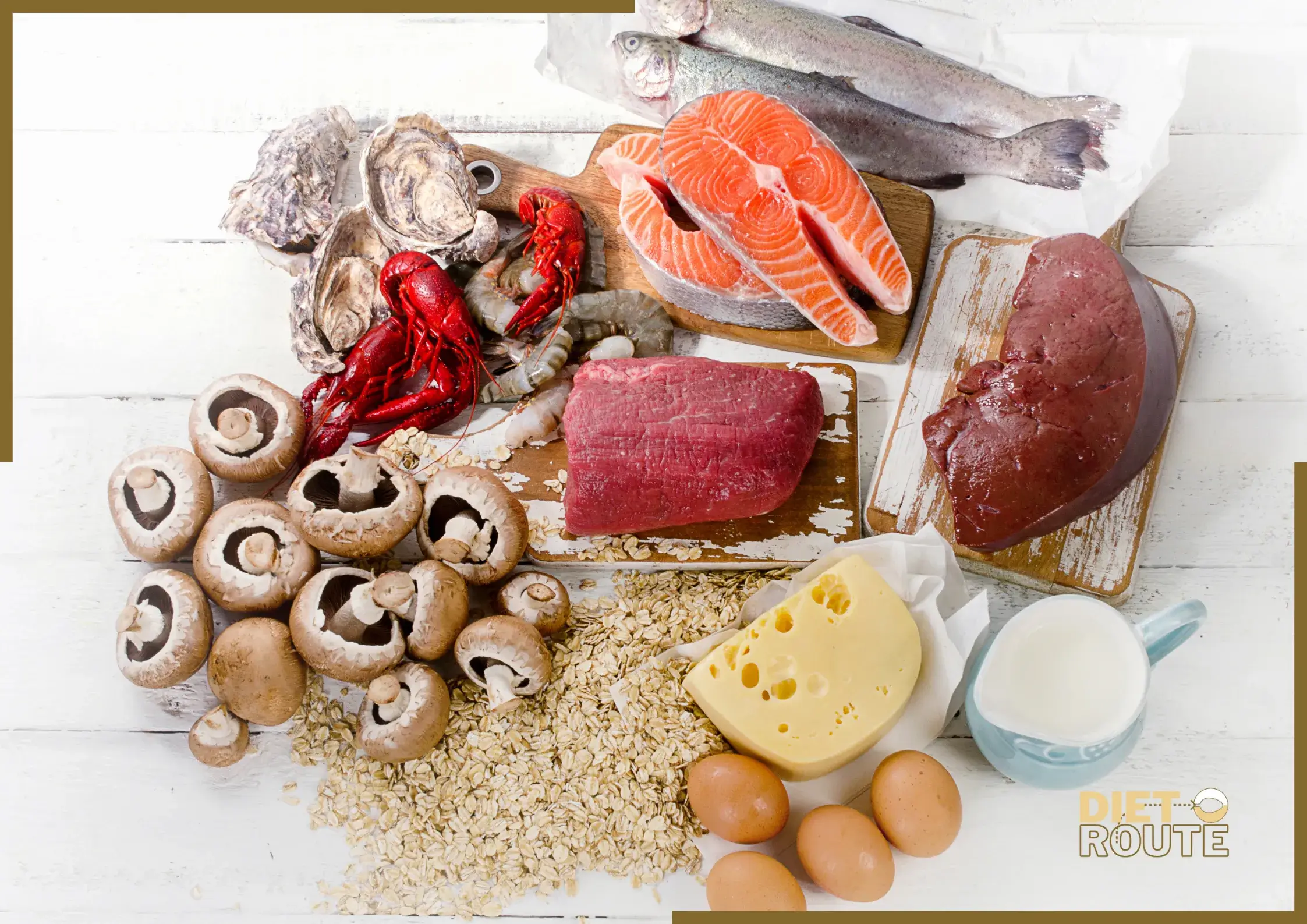
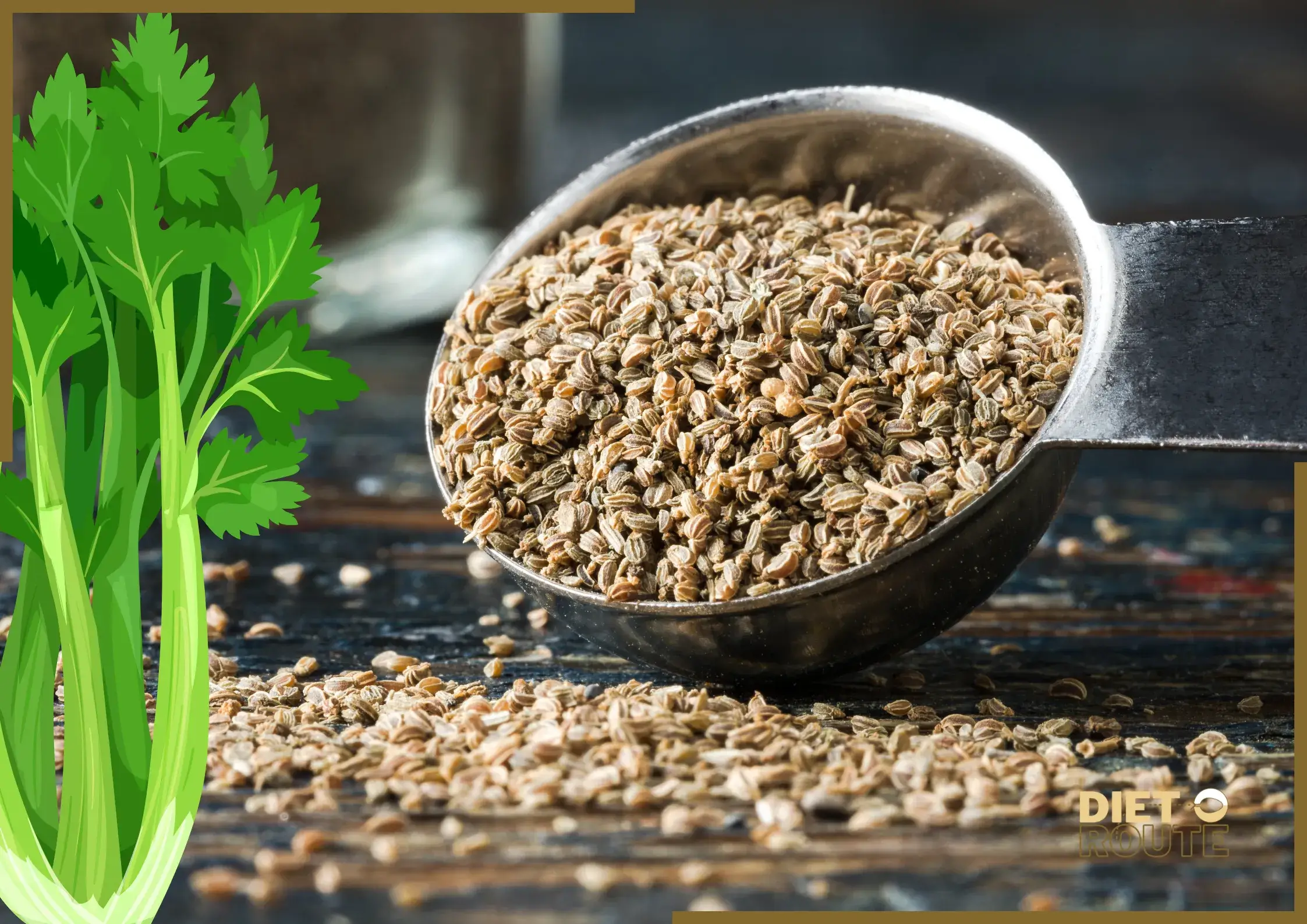

1 comment